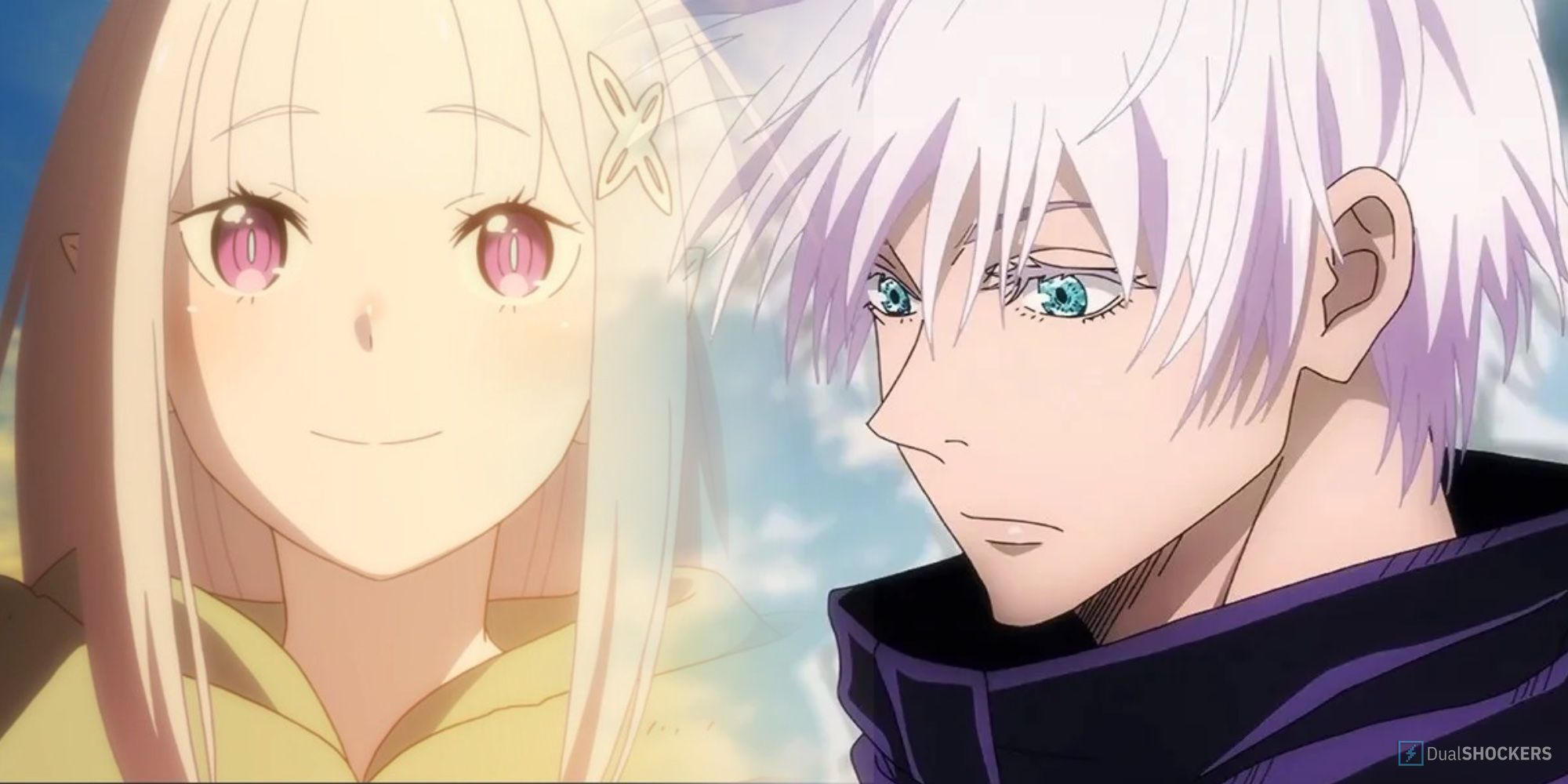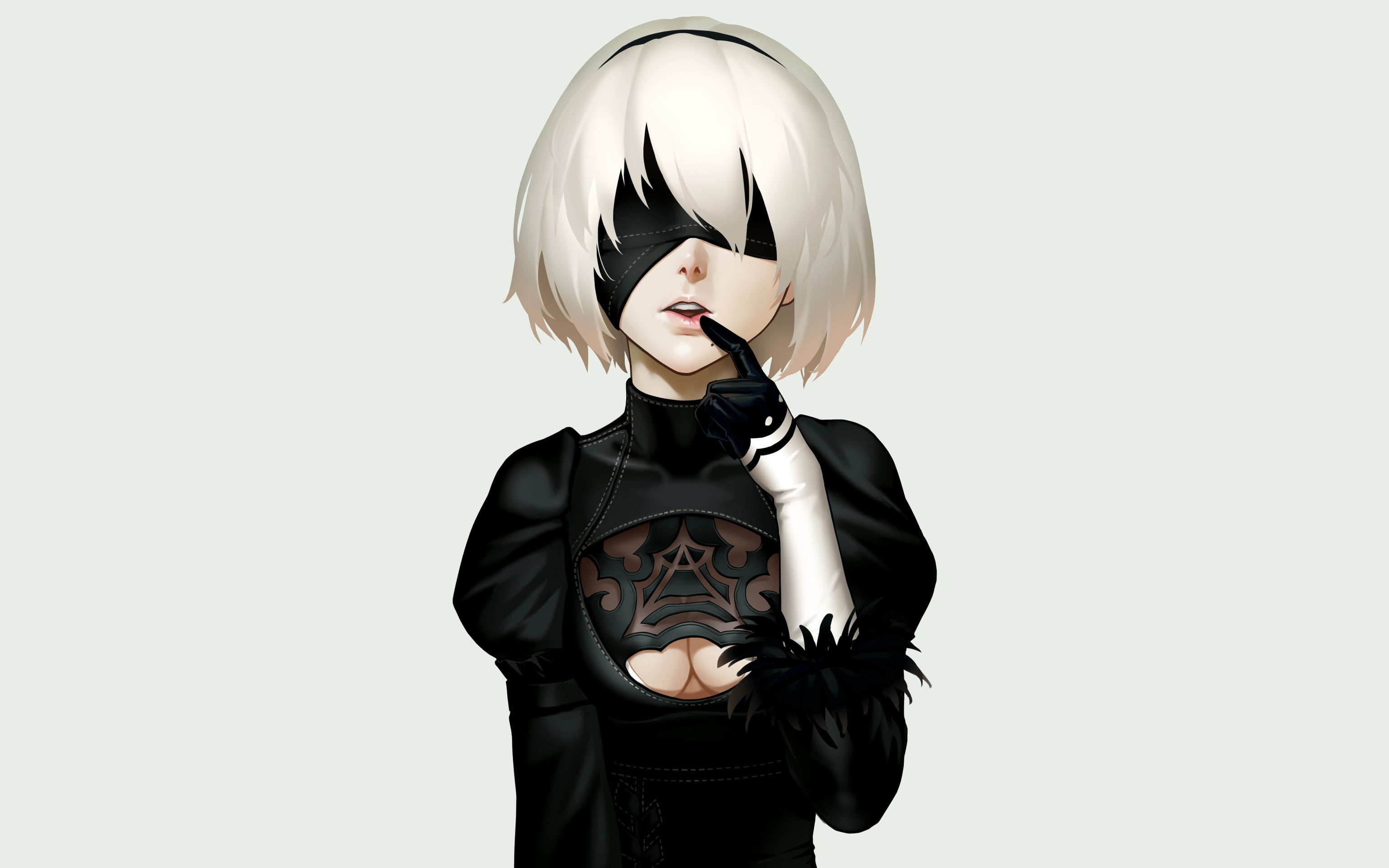Ever wondered why white anime characters have been stealing the spotlight lately? From their striking appearances to their complex personalities, these characters are breaking boundaries and sparking conversations worldwide. Whether you're an anime enthusiast or just curious about this phenomenon, you're in the right place. Let's dive deep into the world of white anime characters and uncover what makes them so captivating.
Now, before we get all hyped up, let’s be real here. Anime has always been about diversity, creativity, and pushing limits. But lately, there's been a noticeable rise in characters with fair skin, blonde hair, and blue eyes—traits traditionally associated with Western aesthetics. It’s not just about looks, though. These characters bring fresh perspectives, unique storylines, and sometimes even challenge cultural norms.
So, if you’re here to learn more about white anime characters, you’ve come to the right spot. We’ll cover everything from their origins to their impact on the anime industry. Buckle up because this is going to be one wild ride!
Read also:Lauren Compton In Playboy The Untold Story Behind The Iconic Shoot
What Makes White Anime Characters Stand Out?
Okay, let’s start with the basics. White anime characters are not just visually appealing; they’re often written with depth and complexity. Their design choices, like fair skin and light-colored hair, make them stand out in a genre dominated by traditional Japanese aesthetics. But it’s not all about looks, ya know? These characters often have compelling backstories that resonate with global audiences.
For instance, many white anime characters represent cultural fusion. They might be half-Japanese, half-European, or even fully Western but living in Japan. This mix of cultures adds layers to their personalities and relationships, making them relatable to viewers from different backgrounds.
Why Are They So Popular?
Popularity doesn’t happen overnight, right? White anime characters have gained traction because they offer something fresh and exciting. Here’s why:
- **Visual Appeal**: Their unique designs grab attention instantly.
- **Cultural Diversity**: They represent a blend of Eastern and Western influences.
- **Complex Personalities**: Often portrayed as strong, independent, and flawed, making them super relatable.
- **Global Appeal**: Fans worldwide can see themselves in these characters, breaking down cultural barriers.
And let’s not forget, anime studios are getting smarter. They know that appealing to a global audience means embracing diversity, and white anime characters are part of that strategy.
Historical Context of White Anime Characters
Let’s rewind a bit. The concept of white anime characters isn’t new. Back in the day, anime creators were inspired by Western art styles and aesthetics. Think about early classics like "Astro Boy" or "Kimba the White Lion." These shows featured characters with Western-inspired designs, setting the stage for future trends.
Fast forward to today, and you’ll find white anime characters popping up everywhere. Shows like "Attack on Titan," "My Hero Academia," and "Fate/Stay Night" all feature characters with Western traits. But why the sudden surge? Some say it’s due to globalization, while others believe it’s a reflection of changing cultural dynamics.
Read also:The Most Powerful Doctor In The World Who Wields The Ultimate Medical Influence
Key Influences
A few factors have contributed to the rise of white anime characters:
- **Globalization**: As anime reaches more international audiences, creators are incorporating Western elements to appeal to broader demographics.
- **Cross-Cultural Collaboration**: Collaborations between Japanese studios and Western artists have introduced new design ideas and character concepts.
- **Fan Demand**: Viewers love diversity, and white anime characters bring something different to the table.
It’s fascinating how anime has evolved over the years, and white anime characters are a big part of that evolution.
Iconic White Anime Characters You Need to Know
Alright, let’s talk about some of the most iconic white anime characters out there. These are the ones who’ve left a lasting impression on fans worldwide.
1. Erwin Smith (Attack on Titan)
Erwin is a prime example of a white anime character done right. With his blonde hair, blue eyes, and strategic brilliance, he’s become a fan favorite. But it’s not just his looks that make him stand out. Erwin’s leadership skills and willingness to make tough decisions set him apart from other characters.
2. Irisviel von Einzbern (Fate/Stay Night)
Irisviel, or "Iris" as fans affectionately call her, is another standout character. Her gentle nature and unwavering loyalty make her one of the most beloved characters in the Fate series. Plus, her stunning silver hair and emerald eyes add to her charm.
3. Kyouka Jirou (My Hero Academia)
Kyouka might not be fully white, but her European-inspired design and fiery personality make her stand out. As a member of the U.A. High School team, she brings a fresh perspective to the series and challenges traditional hero tropes.
These characters, among others, showcase the versatility and depth that white anime characters can bring to the table.
White Anime Characters in Modern Anime
Now, let’s talk about how white anime characters are shaping modern anime. With the rise of streaming platforms and global distribution, anime creators are under pressure to cater to diverse audiences. And guess what? White anime characters are helping them do just that.
Shows like "Demon Slayer," "Made in Abyss," and "Berserk" all feature characters with Western traits, proving that this trend isn’t going anywhere anytime soon. These characters aren’t just eye candy; they’re integral to the stories being told.
Impact on Storytelling
White anime characters are changing the way stories are told. They often serve as bridges between cultures, bringing new perspectives to familiar narratives. For example, in "Made in Abyss," Riko’s interactions with Reg, a white anime character, highlight themes of friendship and trust across cultural divides.
It’s amazing how these characters can tackle heavy topics like identity, belonging, and acceptance while still being entertaining.
Challenges and Controversies
Of course, not everything is sunshine and rainbows. The rise of white anime characters has sparked debates about representation and cultural appropriation. Some argue that these characters perpetuate Western ideals, while others believe they promote diversity.
It’s a delicate balance, and anime creators are still figuring it out. But one thing’s for sure: the conversation needs to continue. By addressing these challenges, the anime industry can ensure that representation is done respectfully and authentically.
Addressing Criticism
Here are a few ways anime creators can address criticism:
- **Diverse Writing Teams**: Including writers from different backgrounds ensures authentic representation.
- **Character Development**: Focusing on character growth and complexity rather than just appearances.
- **Open Dialogue**: Engaging with fans and critics to understand their concerns and make improvements.
By taking these steps, the anime industry can move forward in a positive direction.
How Fans Are Responding
Let’s not forget the fans, ya know? Fans play a crucial role in shaping the anime industry, and their reactions to white anime characters are mixed. Some love them, while others are skeptical. But overall, the response has been positive.
Fan art, cosplay, and online discussions are all signs that white anime characters are resonating with audiences. It’s awesome to see fans embrace diversity and celebrate characters who look different from the norm.
Building Community
Fans are using platforms like Twitter, Reddit, and TikTok to share their thoughts on white anime characters. These conversations help build communities and foster understanding. It’s all about celebrating differences and finding common ground.
And let’s be real, who doesn’t love a good character discussion? Whether you’re debating Erwin’s leadership skills or Kyouka’s combat abilities, it’s all part of the fun.
Future Trends in White Anime Characters
So, where are white anime characters headed? Based on current trends, it looks like they’re here to stay. As anime continues to evolve, we can expect even more diversity in character designs and storylines.
Future white anime characters might explore deeper cultural themes, challenge societal norms, and break new ground in storytelling. The possibilities are endless, and that’s what makes anime so exciting.
What to Expect
Here are a few predictions for the future of white anime characters:
- **More Complex Backstories**: Characters with richer histories and motivations.
- **Increased Representation**: A wider range of cultural influences and identities.
- **Global Collaborations**: More partnerships between Japanese studios and international creators.
It’s an exciting time for anime fans, and white anime characters are leading the charge.
Conclusion: Embracing Diversity in Anime
And there you have it, folks. White anime characters are more than just a trend; they’re a reflection of the changing anime landscape. From their striking appearances to their complex personalities, these characters are making waves worldwide.
As the anime industry continues to grow, it’s important to embrace diversity and celebrate all forms of representation. Whether you’re a die-hard fan or just starting out, there’s something for everyone in the world of anime.
So, what do you think? Are white anime characters your thing, or do you prefer traditional designs? Let us know in the comments below, and don’t forget to share this article with your fellow anime lovers!
Table of Contents
Why White Anime Characters Are More Than Just a Trend
What Makes White Anime Characters Stand Out?
Historical Context of White Anime Characters
Iconic White Anime Characters You Need to Know
White Anime Characters in Modern Anime
Future Trends in White Anime Characters
Conclusion: Embracing Diversity in Anime
Thanks for reading, and remember: anime is all about exploring new worlds and discovering new perspectives. Until next time, keep on watching and keep on dreaming!


